Although many assume assigning fault in a rear-end accident is simple, they can sometimes be more complicated. Sometimes, drivers swerve or change lanes without looking, causing an otherwise alert driver to collide with another vehicle.
However, California follows the comparative negligence rule, which means both drivers are able to seek compensation regardless of fault.
Read on to learn more about who is at fault in a California rear-end accident, how California treats these claims, and how the California rear-end accident lawyers at Silva Injury Law can help.
Common Rear-End Accident Causes
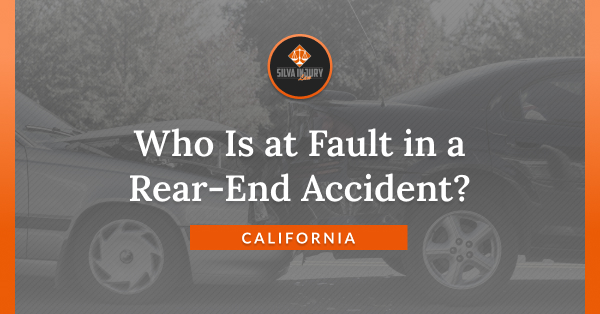
According to the National Highway Traffic Safety Administration (NHTSA), rear-end collisions are the most common type of crashes in the US. They account for approximately 23% of all motor vehicle crashes, resulting in around 2,000 deaths and almost a million injuries.
Generally, most rear-end collisions are caused by:
- Follows another vehicle too closely;
- Fails to leave extra space between vehicles in inclement weather;
- Drives under the influence of drugs or alcohol;
- Drives while texting or talking on the phone; or
- Otherwise drives distracted.
In most rear-end collisions, the rear driver is presumed to be the negligent party. However, this presumption can be challenged.
Even though these are more common rear-end collision causes, leading vehicles can also be at fault for these collisions. These situations usually happen when the front driver pulls in front of another car too quickly, leaving the other driver little time to react.
This can happen when pulling out of a parking lot or driveway, turning, or changing lanes. California also has specific driving regulations to help prevent rear-end collisions that may assign liability to the front driver.
These include rules against brake checking, failing to yield when making a U-turn, and failing to keep a safe distance from other vehicles.
Who Is at Fault in a Rear-End Collision?
So, who is at fault when you are rear-ended? While many assume the rear driver is responsible for all collisions, this is not always true. And when the driver in the front is also negligent, the outcome may be different.
Under California’s rear-end collision law, an injured party can pursue compensation from any at-fault party. However, their compensation will be reduced based on their own fault.
Related Article: Is California A No-Fault State For Car Accidents?
California is a Comparative Negligence State
Most California car accident cases are brought under the state’s negligence law. To prove negligence, a party must show the existence of a duty of care that is breached and that the breach caused another harm.
In this case, drivers have a duty to operate their vehicles safely and can be held liable for damages if they cause harm to another driver.
California follows a pure comparative negligence approach. This approach divides fault between the parties and uses those percentages to determine the amount of damages a plaintiff can receive.
Unlike other states, a plaintiff isn’t barred from receiving damages if they are assigned more than 50% of the responsibility for the accident, but the amount they receive can be reduced. Theoretically, a plaintiff could be 99% for an accident and still collect 1% of their damages.
California’s comparative negligence approach assigns a fault percentage to each party and uses this ratio to determine how much compensation each may receive.
If the leading driver’s negligence contributed to the accident or even caused it, this can reduce their recoverable damages significantly.
Examples of leading car negligent behavior include:
- Brake checking,
- Malfunctioning tail lights or signals,
- Failing to signal when changing lanes,
- Unsafe or sudden lane changes,
- Sudden and unexpected slowing or stopping.
In these situations, the lead driver may be found partially or even completely responsible for causing a rear-end crash.
Who Determines Fault in a Rear-End Collision?
In a trial setting, either the judge or the jury determines an accident’s fault percentages. They do so based on the evidence presented. In presenting a case to a judge or jury.
Some important evidence to gather to help determine California rear-end collision fault includes:
- Police reports,
- Witness statements and testimony,
- Photographs of vehicle damage and injuries,
- Repair bills, and
- Medical bills and records.
Police reports are especially important. Even though the law does not require someone to file a police report in California after an accident, it is a must if you want to recover damages from the other party.
Further Reading: Determining T-Bone Accident Fault in California
What to Do When Involved in a Rear-End Accident in California
You may be wondering, what to do after being rear ended. After a collision resulting in injury or vehicle damage, the first thing to do is call the proper authorities. If someone needs medical attention, call 911.
As soon as you and all other parties are safe, call the police to have them begin an accident report. Use your phone or a camera to take pictures of the damage to your vehicle and the surrounding area, and take down any witness information.
In some instances, the local police or California Highway Patrol may not have the capacity to take a report immediately after the accident if it is considered minor. If this is the case, be sure to file an accident report within 24 hours.
It will be mandatory if you want to recover any damages, especially if the other driver denies they were in an accident, are uninsured, or if someone flees the scene.
Involved in a Rear-End Collision? Contact Our California Car Accident Lawyers
The aftermath of auto accidents can be chaotic, especially when determining who is at fault in a rear-end collision. The legal team at Silva Injury Law promotes healing through compassionate advocacy and is here to help.
We offer a free consultation to every potential client to evaluate your case’s unique circumstances. No matter how small the policy limits, our team is committed to fighting for the compensation our clients deserve.
Our firm also operates on a contingent basis, meaning you don’t pay a penny unless we collect compensation on your behalf. Call us at (209) 600-4389 or fill out our online contact form to schedule a free in-person or remote consultation today.


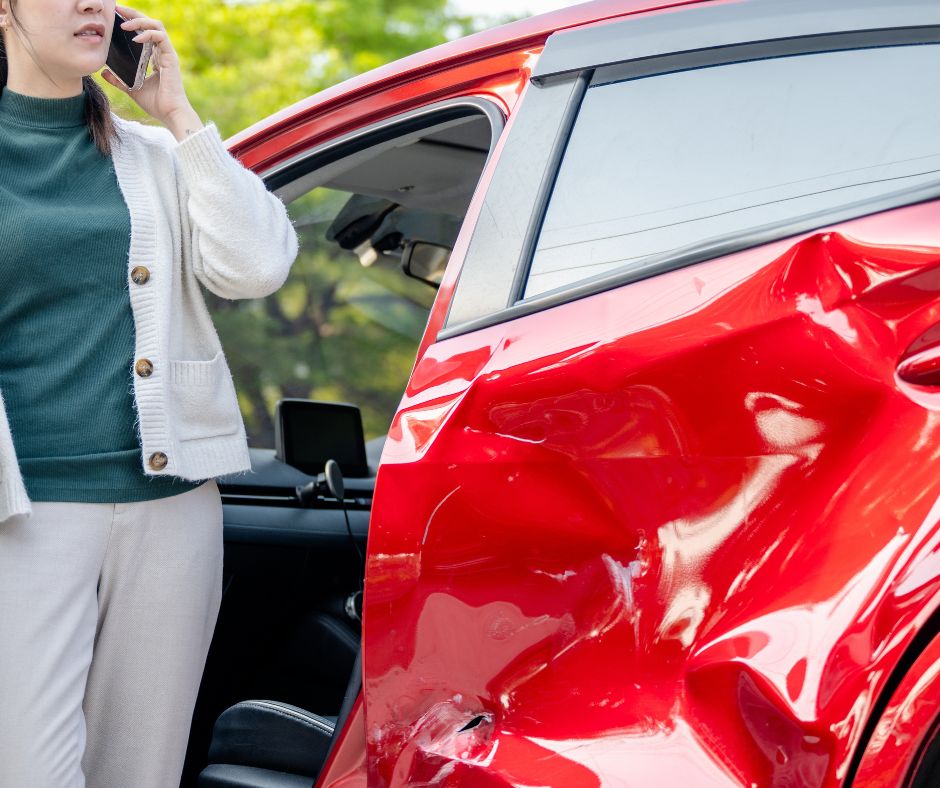
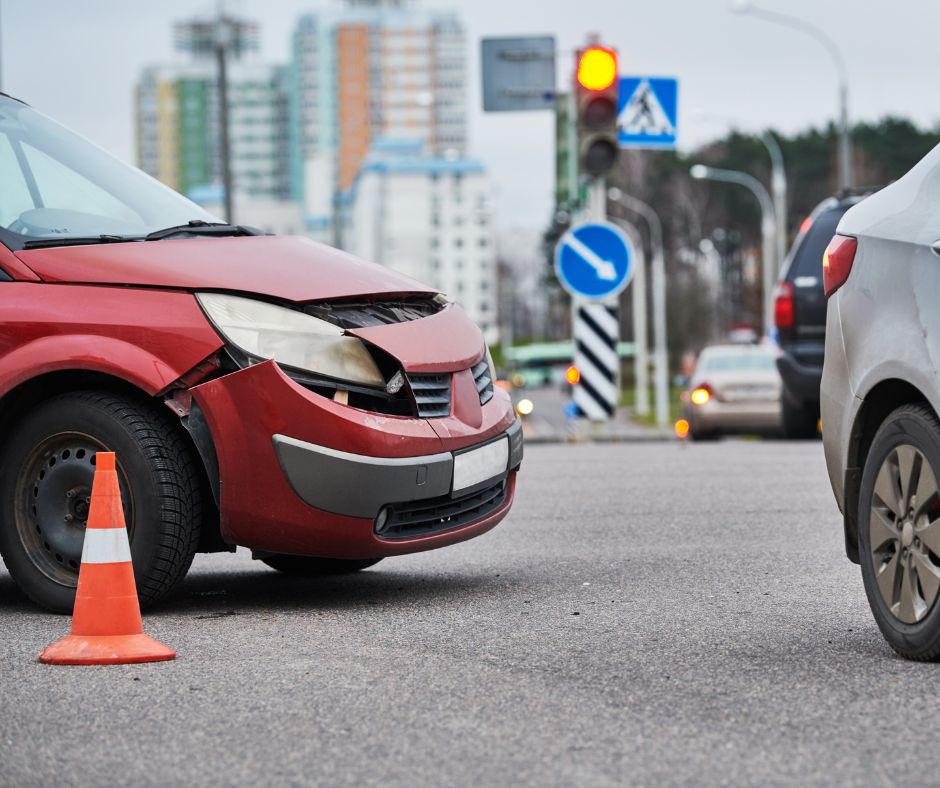

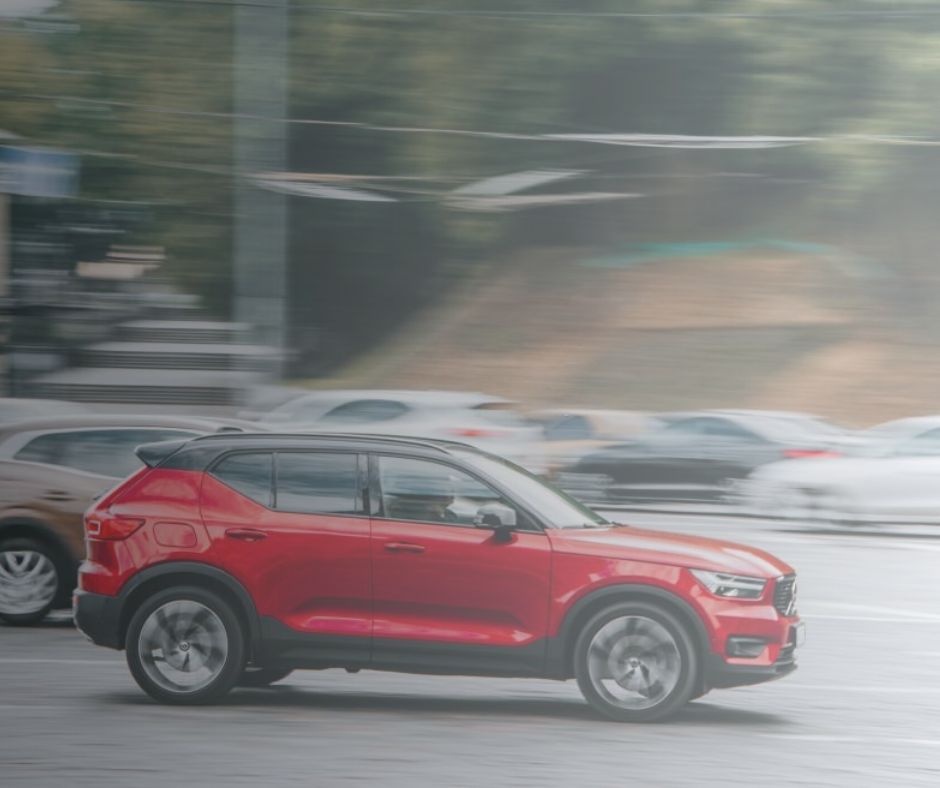

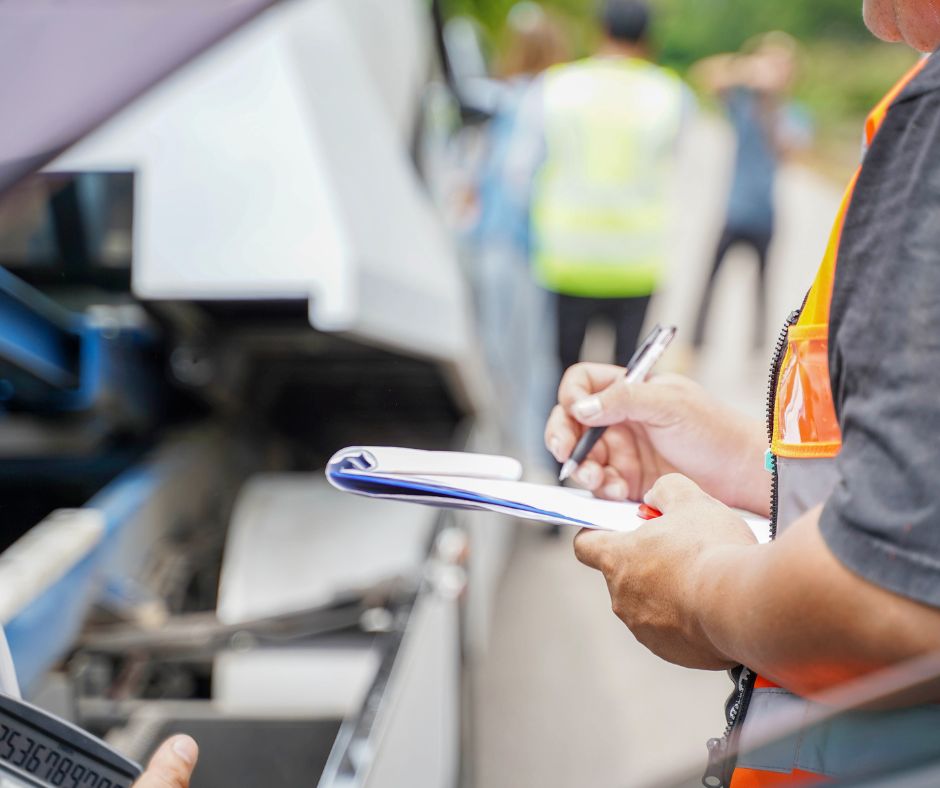

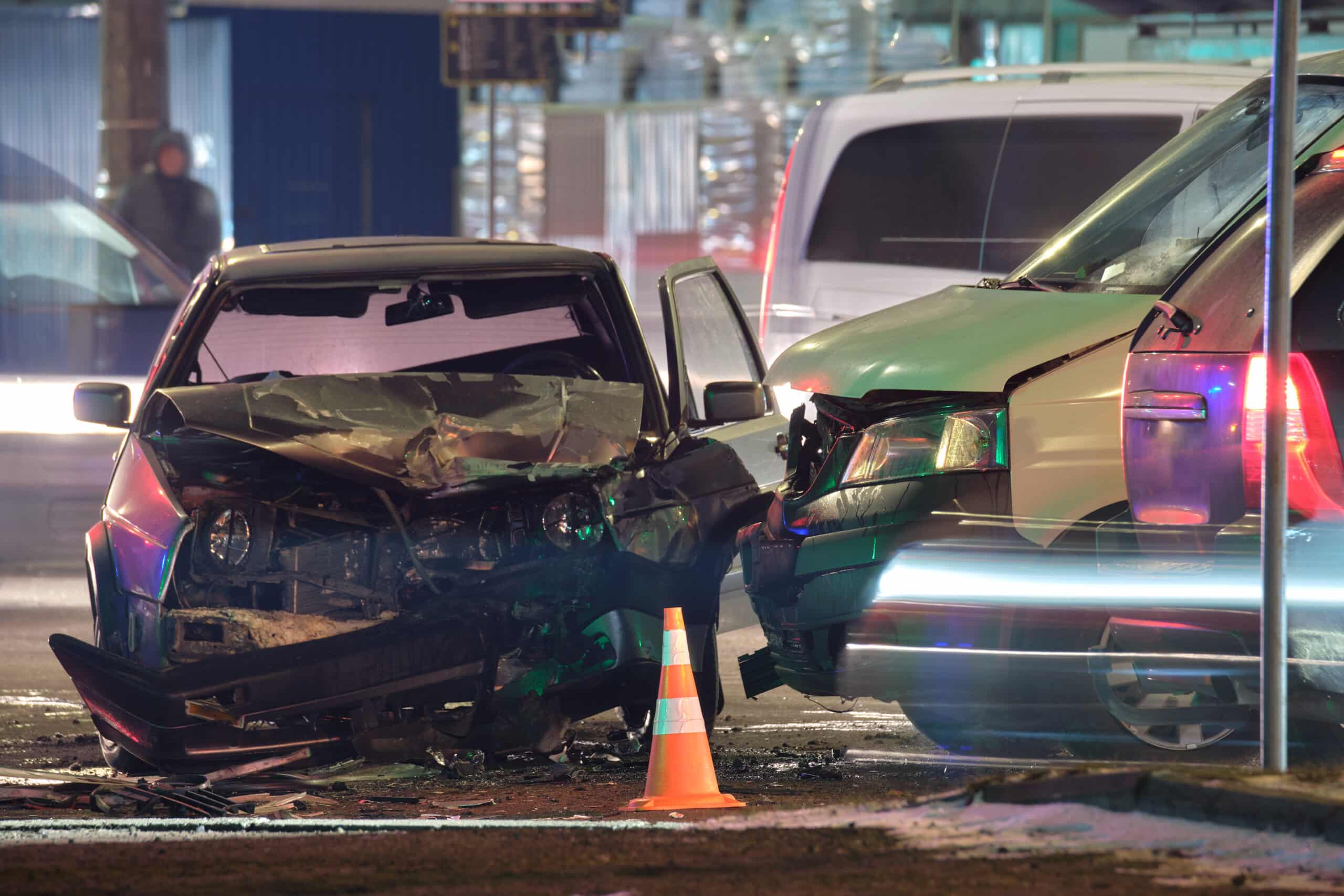
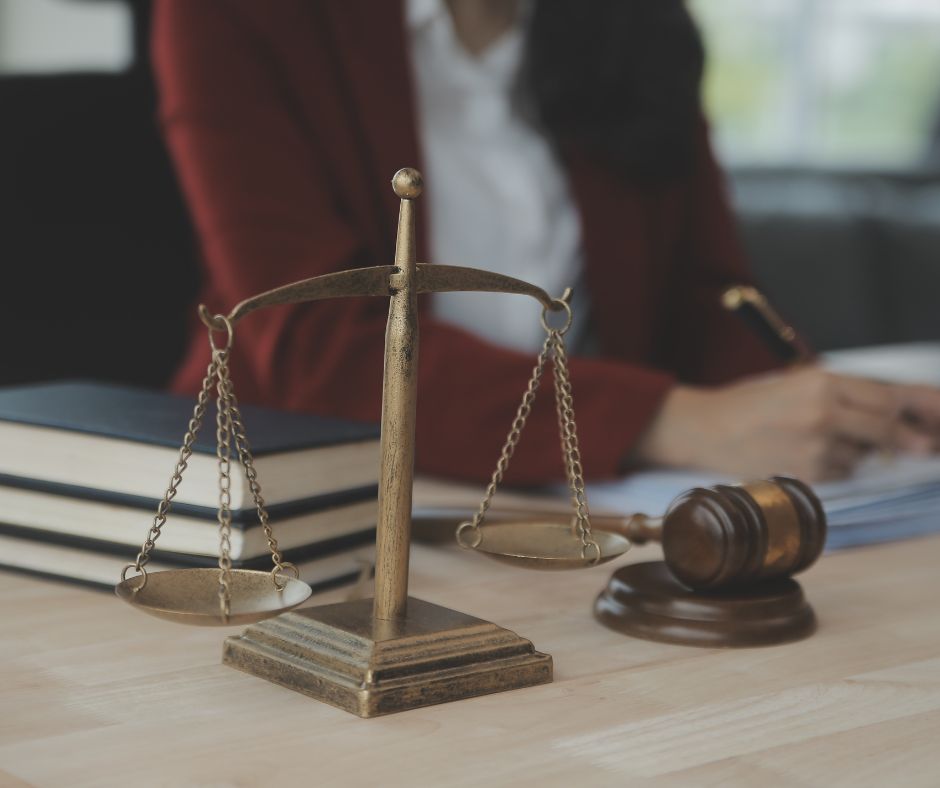
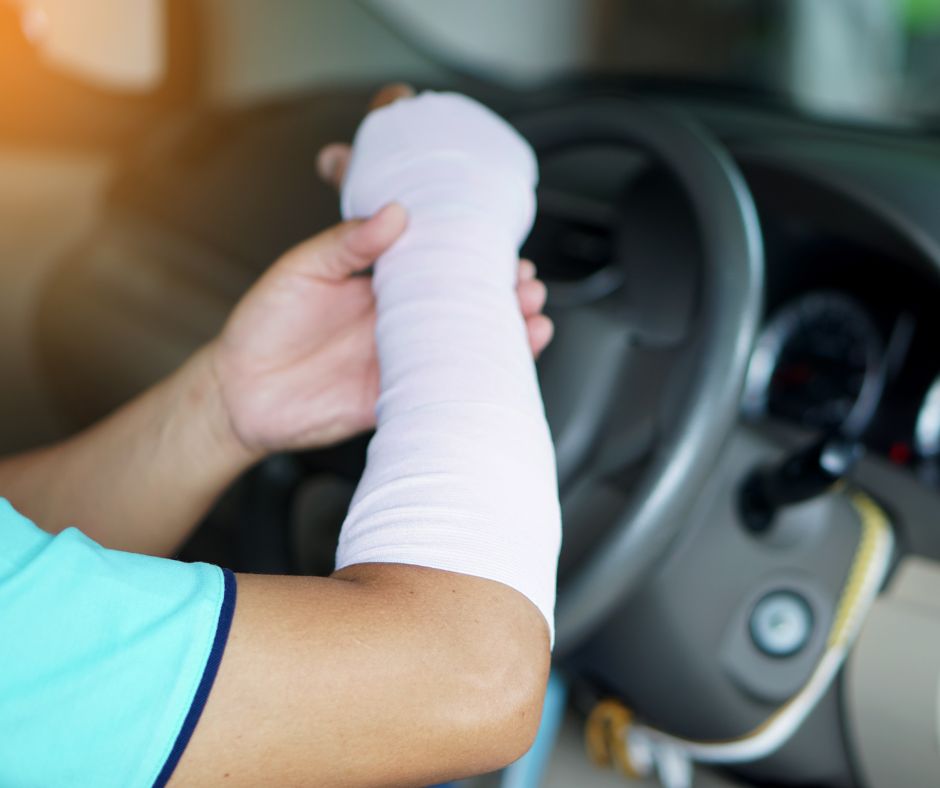
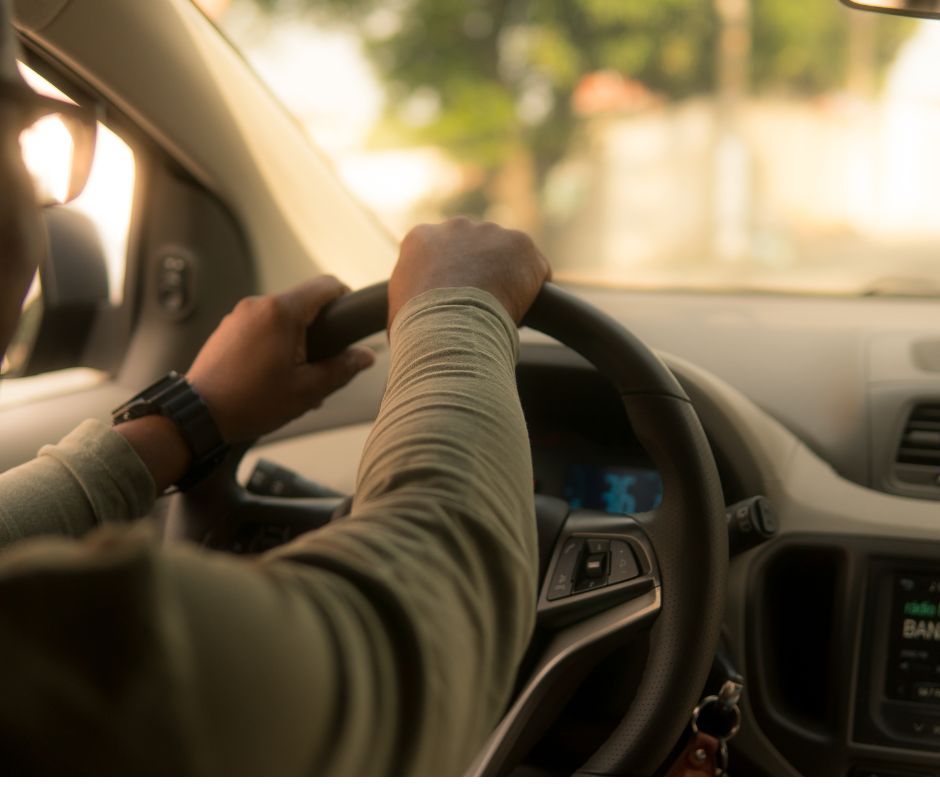

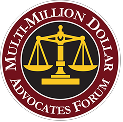


 EMAIL
EMAIL  Ask AI
Ask AI  Access
Access